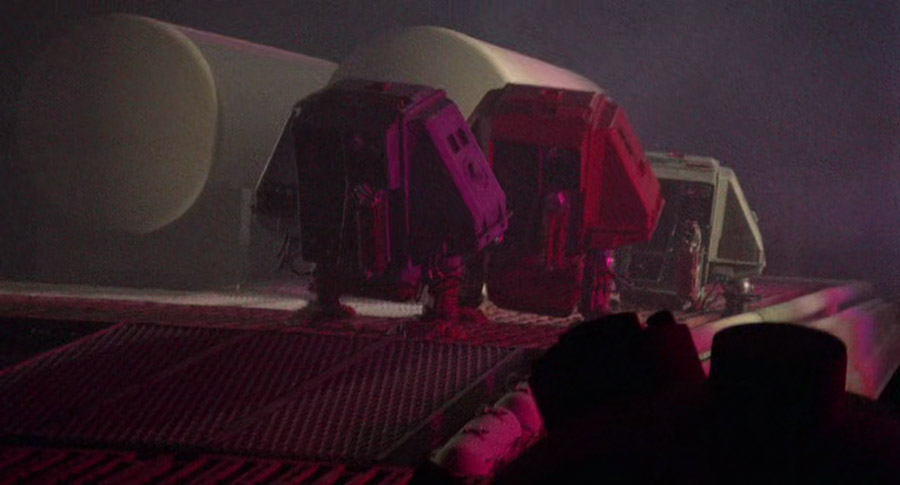
Pilot
Will AI replace Pilots?
You can argue that autopilot was the very first form of AI to register in mainstream consciousness. Most members of the public are aware that modern planes are fully capable of flying an entire flight, including takeoff and landing, without any human intervention. Indeed planes have been landing with autopilot since the 1980's.
So why do we still need pilots?
The answer of course is that there is far more to flying than autopilot (or its future AI cousin) - communication with air traffic control, communication with passengers, pre-flight safety inspections, reassurance to passengers, being there to take over when things go awry (or in bad weather), looking out for the other pilot, this is just for starters.
Any one of these reasons is sufficient to provide a significant moat to AI, as far as pilots are concerned.
Efforts to Reduce Pilot Numbers
The public would be forgiven for not being aware that for more than a decade, the airline industry has been actively promoting and exploring ways to reduce the number of pilots in the cockpit from two to one. This idea, known as Single-Pilot Operations (SPO), has been the focus of numerous studies and research projects over the past decade.
It's all about cost, obviously, although airlines would like to say it's to "counter the challenge of finding new pilots to support growing passenger numbers". This argument is of course insincere.
While the wages of pilots have faltered in recent years, particularly in domestic travel, pilots still earn good salaries, and airlines are a cost-sensitive business.
So even though the cost to an airline for a pilot on a long-haul flight is only $400 - $800 per flight - barely the cost of one or two passengers - with the relentless drive to reduce costs in the airline industry, airlines are looking to slash costs wherever they can.
When you think about it, reducing the number of crew in the cockpit is not a new thing. If you're over 40, you'll remember flight decks with 3 or even 4 people in the cockpit - a pilot, co-pilot, engineer and navigator. Many of us know this because pre-911 it was common for passengers to be invited into the cockpit during flight, something that seems impossible to believe these days. Some kids (including your writer), even sat in the cockpit during landing. On a regular passenger flight.
But nostalgia aside, the jobs of engineer and navigator were ultimately replaced entirely due to technology. Navigators were the first to go, and were phased out starting in the 50's and 60's. They were entirely replaced by the 1980's. Flight engineers started losing their jobs right after, with the Boeing 757 and 767 entering service in the early 80's, the first commercial planes to be introduced without a flight engineer position. Airbus did the same with their A320 in 1987.
So the jobs of engineer and navigator were gone. Four crew, became two.
The drive for Single Pilot Operations and how it informs the question of whether AI might replace pilots
As indicated above, the airline industry has been pushing this idea of single pilot operations for more than 10 years. But it's not really getting anywhere. Even those within the industry privately concede that it's a bit of a pipe dream. There are simply too many examples where the presence of a first officer (second pilot) was critical in saving passengers' lives. As good a pilot as he was, the Miracle on the Hudson wouldn't have happened, if Captain Sullenberger had needed to handle the situation on his own.
Unfortunately, there are new examples of the necessity for a second pilot on a semi-regular basis. On a Southwest Airlines flight in 2018, where the left engine failed, the two pilots worked in tandem to bring the aircraft down safely. On an Air Canada flight in 2017, the first officer was the one who noticed the plane was lined up to land on the taxiway, instead of the runway, at San Francisco airport.
But perhaps the biggest reason for keeping two pilots in the cockpit is the risk of a pilot falling asleep. It happens more than the public might care to think.
A survey by a British pilots' union in 2013 found that 56% of pilots had fallen asleep while flying their planes. Incredibly, 29% said they had woken up to find the other pilot asleep as well.
One in three.
It's perhaps unsurprising that pilots say that tiredness is by far the greatest danger to flight safety.
What could AI bring to the Cockpit?
Artificial Intelligence, or even far more basic technology like smart watches, can detect if human pilots are falling asleep. Fatigue monitoring technology (FMT) is actively being researched for pilots, and regulators like the NTSB are already pushing for it. Quantas, Emirates and Air New Zealand have been active in conducting research.
At its most basic, pilots can (and do in many cases already) wear an Apple Watch or Fitbit that can detect if the pilot has fallen asleep. Pilots generally aren't against the idea. It's a demonstration to colleagues of their commitment to safety.
In other areas, AI will undoubtedly bring benefits to commercial piloting, most likely in the role of advice. AI can make sense of an enormous amount of data very quickly, and for example can be trained on every bit of historical data the NTSB has on past incidents, or fed huge amounts of simulated incident data from simulators. If AI had been present on the tragic Boeing 737 MAX incidents, and had it been trained on the various manuals and update bulletins, it could have prompted the pilots to disengage MCAS and save the planes.
It's not impossible in a far fetched future, that planes might even be fitted with fuselage hugging robots (bear with me...), that attempt to deal with problems such as a stuck landing gear, fire, or stuck flap/slat/rudder. Ok perhaps I'm dreaming... You can blame my upbringing on Star Wars and Silent Running.

Conclusion
The job of a commercial airline pilot is safe from AI for a long time. Even if single-pilot operations become established in say 20 years, and most likely this would start with cargo flights, the presence of a human pilot in the cockpit will remain a necessity. We're far more likely to have personal flying aircraft (people-carrying drones) that run fully on AI, or rockets that take us from one side of the planet to another, before commercial aircraft are pilotless. This is an industry that moves very slowly in terms of change.
Passengers will continue to seek the reassurance and safety provided by a human in command. The unpredictability of flying, the trust factor, and the need for human intuition, communication and decision-making skills, ensure that pilots will remain a critical part of the aviation industry for many years to come. How many passengers would feel comfortable getting on a pilotless plane?
As for cargo transportation, the move to single pilot operations may be more plausible, but the same reasons for having two pilots that exist now, are not going away. Pilots need bathroom breaks, they need a second pair of hands and opinion if there are problems, and the general public is not going to react kindly if a cargo plane were to come down on a city because it only had one pilot. It's not just the people on the plane that are at risk.
So to all the pilots out there, keep your eyes on the skies, and rest assured that your unique skills and expertise won't be replaced by AI anytime soon. But you may get some AI assistance...
Conclusion: Very Safe | Time Period: 30-40 years


